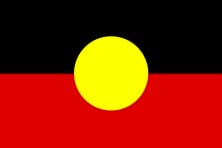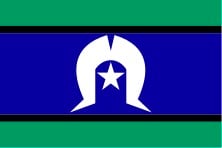Understanding Residential Aged Care Fees for Elderly Parents
Most people don’t know a lot about the costs of residential aged care – until they need it. So, don’t feel overwhelmed if you find it tricky to get your head around! Taking it step by step can help to make things clearer. Let’s get started.
The government subsidises the cost of residential aged care services and accommodation, and how much each person contributes depends on their financial situation. This is determined by Services Australia through a form which needs to be completed and submitted to them.
If residential care looks like a possibility for your parent, it’s a good idea to submit the form as soon as you can. Once you receive a fee advice letter from them you’ll have a much better idea of which costs will apply in your parent’s situation. That will make it easier to compare the different homes you might be considering. These letters remain valid for 120 days from the date of they are issued.
Some costs relate to the care and services provided in a residential aged care home, and some to accommodation itself. Let’s look at care first.
Daily fees
There’s a basic daily fee that everyone pays. This is set at 85% of the single person rate of the basic aged pension and applies whether or not you receive the pension. The fee helps to pay for day-to-day services including meals, cleaning and laundry. It applies to every day a person is a resident, including when they might be away overnight (at hospital, for example).
Based on the financial assessment received from Services Australia, some people will also be required to pay an additional means-tested care fee. The amount will be determined individually for each person who is required to pay it, based on their financial circumstances.
Additional Services fees
Some homes also charge an additional services fee which enables them to offer higher standards of hospitality services. This could include additional dining, entertainment and activity options. Homes apply additional services fees in different ways, so it’s best to ask them to provide details of what would apply in your parent’s circumstances. This will help you to compare homes.
Accommodation Costs
Aged care accommodation costs relate to the actual room a resident will occupy and vary according to the provider, the location of the home, and the type of room. Whether or not a resident will be required to pay this cost is based on the financial assessment carried out by Services Australia. In some cases, the entire cost will be paid by the government. Other residents will need to contribute some or all of the accommodation cost.
The accommodation cost is referred to as a Refundable Accommodation Deposit (RAD). It’s important to note that if this cost is paid up front the entire amount is refunded when the resident leaves the aged care home.
If a resident who is required to pay a RAD chooses not to pay the entire amount as a lump sum, they are able to pay some up front and some as a Daily Accommodation Payment (DAP). The DAP can be paid separately or can be drawn down against the RAD (which will decrease the amount that is refundable when the resident leaves the home). The government sets an interest rate which is applied to any amount not paid as a lump sum.
To find information on accommodation costs at different homes, check each home’s listing on myagedcare.gov.au. All homes are required to publish the maximum amount for each of their various rooms. You can’t be charged more than the published price.
More Information
Each person’s situation is different, and there may be wider financial implications in how the RAD is paid. It’s often wise to seek specific financial advice based on your parent’s circumstances. Services Australia’s free Financial Information Service can be a good place to start. Find them on the Services Australia website or phone 132 300 and say “Financial information Service” when prompted.
While Anglicare can’t provide individual financial advice, we have many years of experience and a friendly team who can provide some general guidance and answer any questions you might have about costs at our homes. You’ll find us just a phone call away at 1300 111 278.


Inspired by the gospel of reconciliation in Jesus Christ, Anglicare's vision for reconciliation is a nation in which Australia's First Peoples are restored in dignity, respect, empowerment and opportunity.


